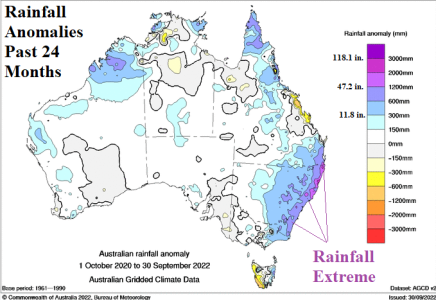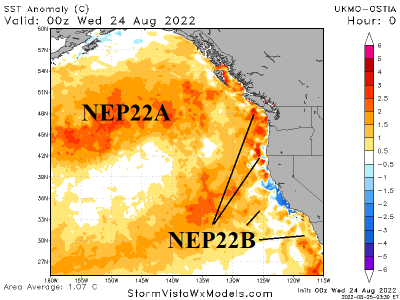10/16/2022, 10:15 am EDT
Another extreme rainfall event has struck Australia, this time centered on parts of the Victoria State including the city of Melbourne. The extreme rainfall events have become commonplace in southeast Queensland, eastern New South Wales and into Victoria during the past 2 years. La Nina is certainly a contributor to the wet pattern. However, the excessive character of the coastal rains may be related to the semi-permanent “warm blob” of SSTA surrounding New Zealand and stretching eastward across the subtropical South Pacific Ocean.
![Climate-Impact-Company-logo-sm[1]](https://climateimpactcompany.com/wp-content/uploads/2023/08/Climate-Impact-Company-logo-sm1.png)

